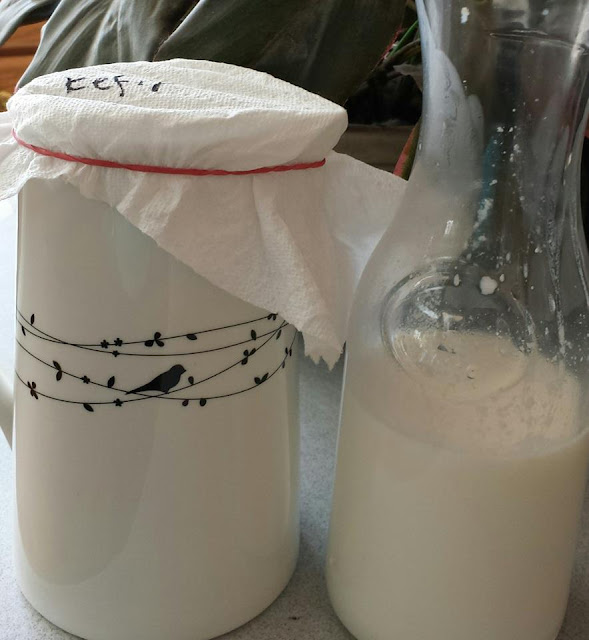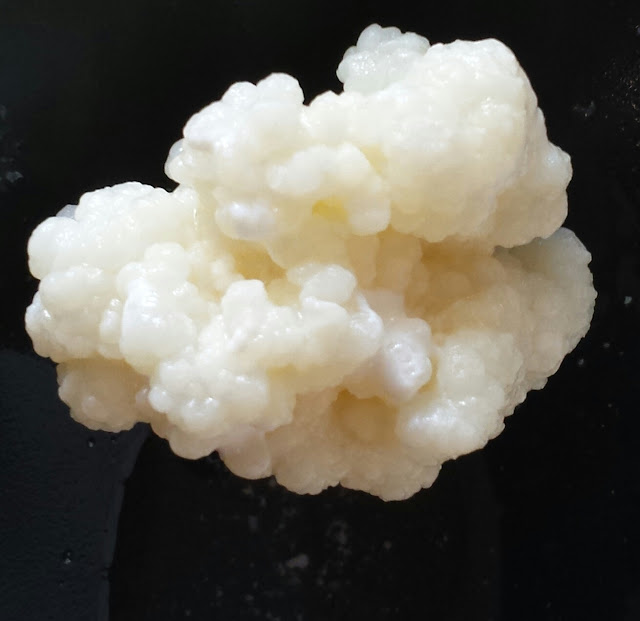Tuesday, December 22, 2015
For the last week the trainer has been spending a lot of time lunging him. It's been good for me to watch, because I'm getting some good lessons on how to lunge a horse and what the goals. Jesse is using the lunge so the Risonho doesn't have the weight, or have to be concerned about the rider on his back. He's trying to get him to stretch, find his balance, and soften through the use of transitions among other things.
While this has been moderately successful on the lunge line it hasn't yet translated to the rider in the saddle. So, the above mentioned massage therapist worked on him last week. She found him to be very tight in the back, "like a brick," and in the right side of his neck. It's his neck which she think might be the major cause of the problem.
We might be making some progress. Today, Risonho was pretty good in both directions on the lunge line, as well as under saddle.
Next Monday, he has an appointment with the chiropractor. I'm also going to be adding Magnesium Quiessence to his supplements.
Monday, November 16, 2015
- To make an "extraordinary" horse (dressage) you first have to get him to the level of being "ordinary." In other words, you can't start at the top of the training pyramid and hope the lower levels will just fall into place. And "extraordinary" horse is built upon mastering the ordinary.
- Moving "the tail" (the hunches) moves the feet. "Moving the neck doesn't move the feet." A lot of riders focus on what the neck is doing when they need to be concerned about what the hunches are doing.
- "When you pick up the rein it needs to mean something." Put pressure in the rein, pick a spot on the horse you want to move, apply pressure until he thinks about moving and instantly release. Example: walk forward, lift up on the rein (pressure) until "the tail moves over and stops," and then do the other rein.
Friday, November 13, 2015
Last winter I learned the importance of having a good fitting saddle. There's a highly respected saddle fitter in the area, and as I looked for horses throughout the summer I also kept tabs on when she would be visiting the barn, so that if needed I could coordinate my new buddy's arrival with her visit. As it happened, I was able to get Risonho here two days before the saddle fitter was scheduled, enough time to get him settled in before I had to get on him for the first time in a new barn.
I felt blessed, that after taking measurements, the saddle fitter had a used saddle with her that fit him almost perfectly. Having gone through this before with the lease horse, and knowing how difficult it is to find a used saddle that fits, I hesitated only a little before I plunked down the cash for the saddle.
I've been riding it in for a month now, and though the basic shape fit Risonho well, it hit him in the withers and I've been anticipating the day the saddle fitter would return to adjust the flocking. Today was the day!
Afterwards, I rode him. He felt forward and I felt in balance. He moved easily off my leg and transitioned when I asked. The last two weeks I've been attempting a leg yield, but with only one lesson haven't quite been able to bring it together on my own. Today, he did what felt like a few very nice leg yields--he remained straight in the shoulders, and crossed his front and back legs as he moved sideways. When things started falling apart, as they inevitably eventually did, I moved him straight forward and then asked again.
Some of the improvement may have been the saddle. However, unlike previous times, I made sure that he was straight and pushing into both reins, before I asked him to go sideways. This, I believe, is what made the most improvement.
I also attempted to do the shoulder-in, with, I believe, some success--it was hard to tell because I couldn't see the mirrors very well, but at times he did seem to be going in three tracks.
This week Risonho's training had a number of interruptions--his health, and the saddle fitter. Hopefully, next week we'll be in the swing of things; Jesse will be able to ride him regularly, and I might even be able to get a lesson as well!
Sunday, November 8, 2015
Friday, November 6, 2015
- The rein means "softness" -- when the rider picks up the rein the horse should soften.
- Take all the time you need to get the softness in the flexion and bending at the walk.
- Don't go into the trot with him tense.
- Don't let him be heavy in the reins...but don't hang on the reins, or tighten to try and get him to release it. Don't let it become a tug-of-war between you and him. Work with him at it.
- When he softens reward him by softening the tension on the reins--at least in the beginning.
Saturday, August 17, 2013
To Kefir or Not to Kefir
Many years ago, I'm thinking 7 or 8, I started reading about this new thing called kefir. I was able to get my hands on a few grains, and for no better reason than to experiment with it, I started drinking it. After a few weeks, I noticed that problems I had never paid much mind to started clearing up. After 25 years, I no longer needed to buy a dandruff shampoo. Symptoms that left me concerned about acid reflux stopped bothering me.
I drank homemade kefir for awhile, but eventually switched to store bought because of taste and convenience. (It tastes like a yogurt smoothie.) Meanwhile, my grains were abandoned, and then mistakenly thrown out. However, I never felt that the store bought grains were quit as sufficient.
Last week, I bought new grains locally off of Craigslist.org.
The process of making kefir is really quite simple--you take the kefir grains, add twice as much milk in a glass out plastic (I'm not a purist) pitcher and let them sit for 12 to 48 hours. The time depends on the room temperature. The longer it sits the "better" it is for you. Certainly the more sour it is. But it also has more time to turn the lactose into lactase.
Kefir is a powerful probiotic and unique mixture of beneficial microorganisms, including more than thirty different bacteria and yeasts. These include: Lactobacillus kefyr, Lactococcus lactis, Lactococcus cremoris, Lactococcus diacetylactis, Leuconostoc cremoris, Candida kefyr, and Saccharomyces. "Kefir also contains high levels of vitamin B 12, which is a common deficiency in immuno-compromised patient populations and vegetarians."
I feel the health and wellness seeping over me and I didn't even know I was sick.





